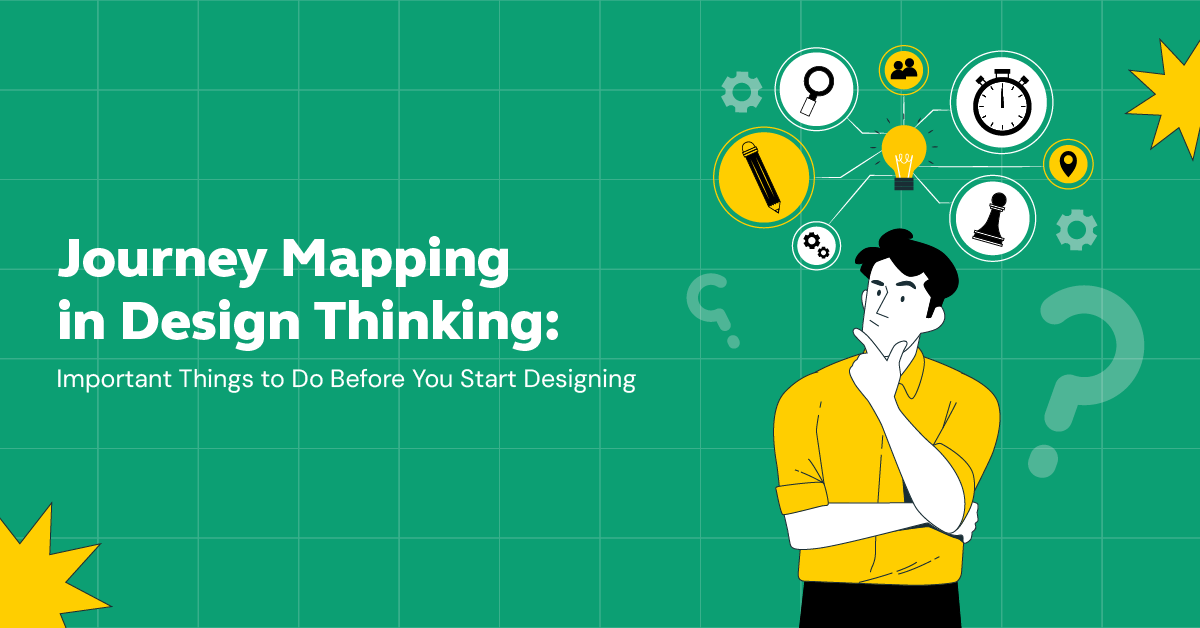
Journey Mapping in Design Thinking: Important Things to Do
Jan 16, 2025 6 Min Read 6261 Views
(Last Updated)
UI/UX designing is not just about designing and creating user interfaces. The domain is so populated right now that anyone having their hands on UI/UX software can create those. So, as a UI/UX designer, how do you stand out?
The answer you may think might be “By creating a better design” but that’s where you are wrong, you will stand out “By creating better user experience” and to do that, seasoned veterans of UI/UX design use journey mapping in design thinking.
It’s all about putting yourself in the user’s shoes and understanding how they’ll interact and feel with your design. Enough for now, as the whole article is going to be about journey mapping, and by the end of this article, you will understand the whole concept and why it is important to ace your design.
So, without any delay, let’s get started.
Table of contents
- The Basics of Journey Mapping
- The Components of a Journey Map
- Persona/Actors
- Timeline
- Touchpoints
- Emotions
- How to Create a Journey Map?
- Think with Empathy
- Define Your Persona
- Document User Emotions, Thoughts, and Actions
- Analyze and Find Opportunities
- Share and Iterate
- The Purpose of Journey Mapping
- Identifying User Pain Points and Moments of Delight
- Enhancing User Experience
- Aligning Team and Stakeholders
- Informing Business Strategy
- Example of a Journey Map: See it For Yourself
- Conclusion
- FAQs
- Why is a user-centric approach important in design?
- How does psychology influence UX design?
- Can journey mapping be used for any type of product or service?
- How does a user-centric approach differ from a product-centric one?
- What tools are used to create a journey map?
The Basics of Journey Mapping
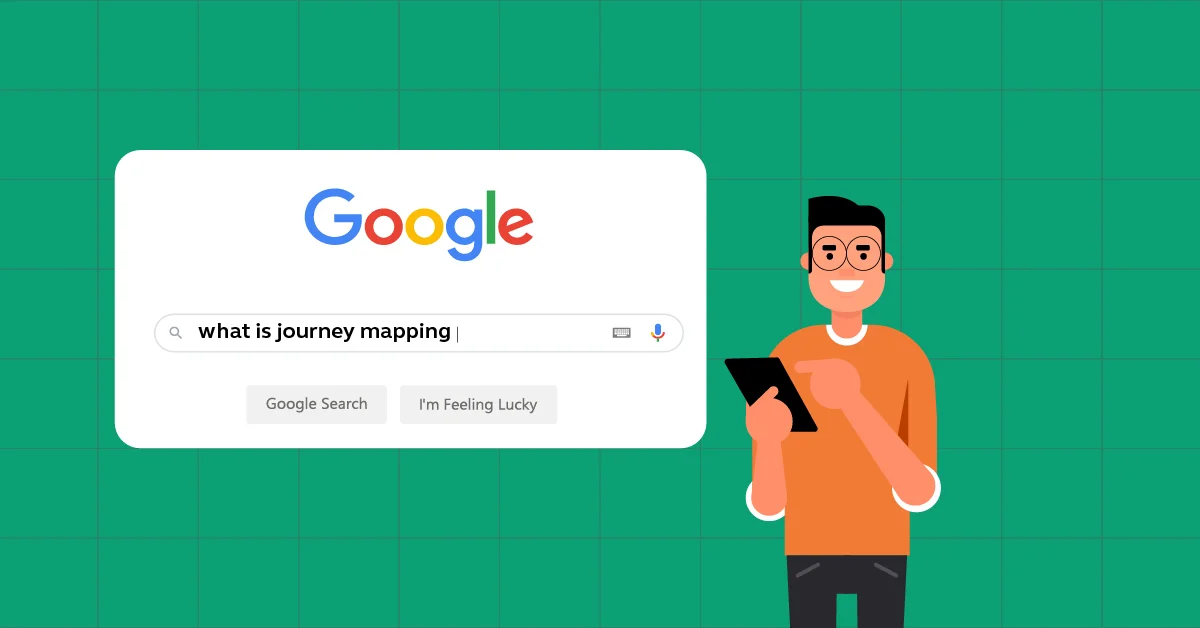
Let me ask you a question before we start with this section, what is that one app or website that you keep on using for a certain purpose even though you have tons of websites/apps that offer the same purpose? For instance, I use Amazon more often than I use Flipkart even though both of them serve similar purposes.
Why is that so? Because an app or a website is more than just a commodity medium, a user will invest themselves only if they feel good about it and in the UX design process, it is an important step to do journey mapping to understand how a user travels and feels through an app/website.
At its core, journey mapping in design thinking is a tool that helps you understand user behavior through the medium of storytelling.
It’s about narrating the story of your user’s experience from their perspective. It’s not just about what they do with your product, but also how they feel about it.
Think of it as a diary that captures all the highs and lows of their interaction with your UX design so that upon revisiting that diary, you can understand the pros and cons of your design and you can rectify it then and there.
Learn More: What is User Experience (UX)? : A Complete Guide
As we proceed to the next phase, make sure you understand the fundamentals of UI/UX, which includes heuristic analysis, journey maps, testing, etc. If you want to explore more about it, join GUVI’s UI/UX Course with Placement Assistance. You’ll also learn about the tools used in UI/UX which are AdobeXD, Illustrator, Photoshop, Figma, and many more. Build some amazing real-time projects to get hands-on experience.
Also, if you want to explore Figma through a Self-paced course, try GUVI’s Figma certification course.
The Components of a Journey Map
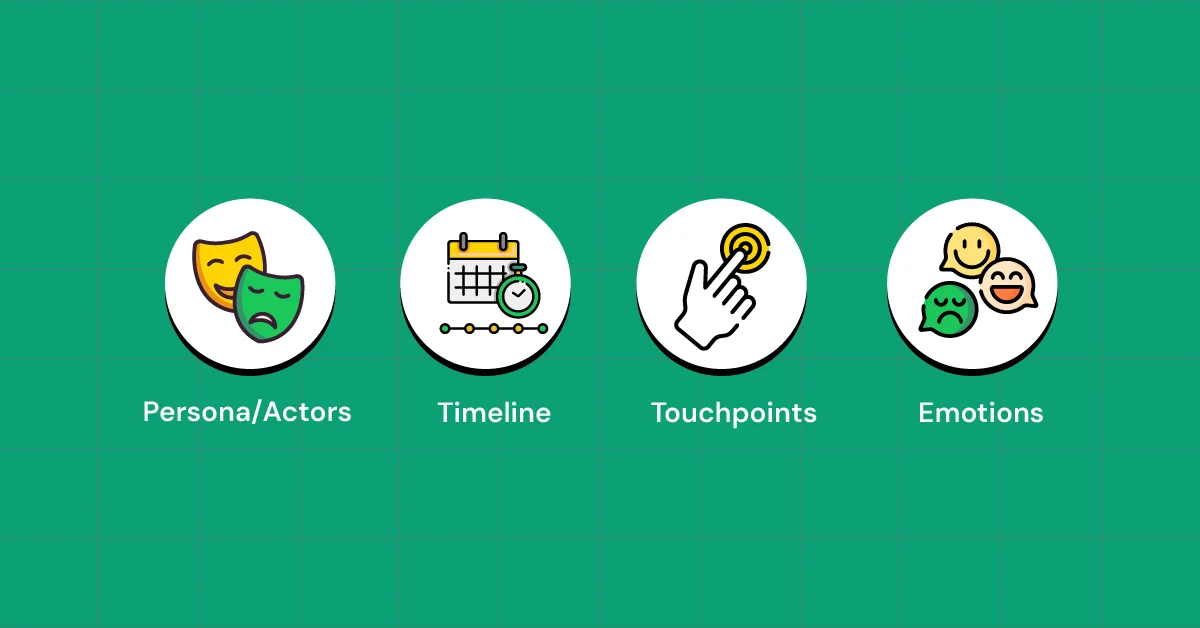
As we mentioned earlier, journey mapping is like a storytelling process where you have to capture the journey of a user from their perspective. Certain components are required to do so and they are as follows:
1. Persona/Actors
A story always needs a character and in this case, the character would be a fictional representation of your typical user. Instead of the term ‘character’ we use the term ‘persona or actors’ in UI/UX design. This persona is based on real data and insights from your user research.
For instance, imagine that you are working on a fitness app, you can create any persona of your choice and probably name it something like “Fit King Rahul.” Now make it interesting by giving your persona a life. In this case, Rahul is a 40-year-old working professional who struggles to find time for fitness.
This persona guides you by letting you understand the user’s needs and pain points. By doing so, you’ll hit all the target audience who comes under that category. Similarly create various personas of your choice and try to satisfy all their needs.
Also Explore: The Role of AI in Predictive User Interface Design
2. Timeline
Next, we have in our journey mapping, the timeline. It’s a chronological sequence of steps your user (the persona that you created) takes while interacting with your product.
It can range from the first time they hear about your product to becoming a loyal customer. I remember mapping out the timeline for an e-commerce project and being amazed at how many steps users went through before making a purchase.
This helps you understand the psychology of UX design as you with your user interface layout, make it easy for your customers to interact with your product and the more easy it is, the more people come back.
3. Touchpoints
These are basically the points of interaction between the user and your product. It could be anything from a click on a website to a conversation with customer service.
Identifying these touchpoints will help you understand where users engage with your product the most and where they might encounter issues. Ultimately, you can adjust your design according to it.
4. Emotions
The less spoken-about component in all of the journey mapping is emotions. Ironically, this is the most important part as this is where it gets real.
Mapping the emotional journey of a user is vital as that decides how long a user spends on your product. Think of questions like, “How do users feel at each touchpoint? Frustrated? Delighted? Confused?”
Understanding these emotions helps you in designing a more empathetic user experience. For example, users mostly feel frustrated during the checkout process as it involves a transaction and people won’t be silent when it comes to money.
So, put yourself in their shoes and then simplify and streamline the checkout flow. This makes them come back to your product, again and again and again.
By keeping in mind these components, you can easily perform a journey mapping in design thinking and make sure to have your product stand out from this overpopulated domain.
Also Read: UI/UX Designer Job Description: Know-It-All
How to Create a Journey Map?
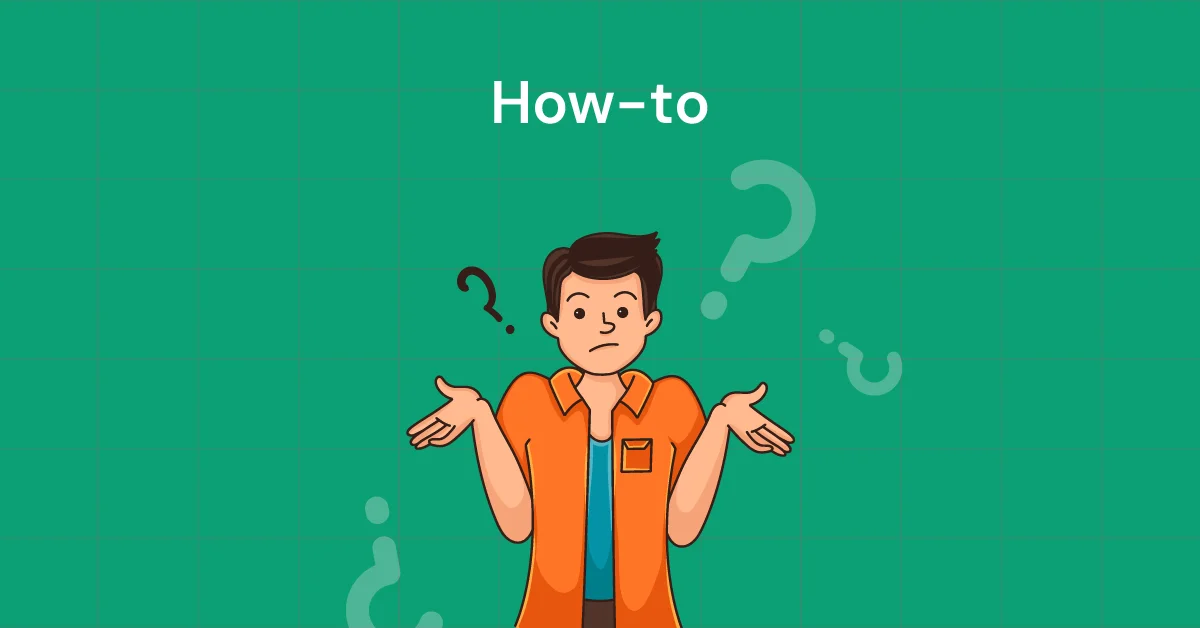
Now, to the most important question that you all might have, “How to create a journey map? You said this, that, and what not about journey mapping but how do we make one?”
Well, this section is for that, to answer those questions, to help you get started with a journey map. So, please read till the end or you will miss out on a lot.
But before we get into that, if you are relatively new to UI/UX design, consider enrolling in a certified professional online UI/UX designing course offered by a recognized institution that can teach all about this in-depth as well as provide you with an industry-grade certificate.
1. Think with Empathy
The first and foremost step in journey mapping is thinking like a user. Before you even think about drawing lines and boxes, start with empathy because you are first a user, then only a UI/UX designer.
So think in their terms, empathy is the cornerstone of effective journey maps. This means diving deep into user research. Conduct interviews, send out surveys, observe user interactions, and gather all the data you can. Remember, the more, the merrier.
2. Define Your Persona
As we discussed in the previous section, based on your user research, create a user persona that represents your typical user who’ll be using your product daily.
This persona should be a realistic character with motivations, frustrations, and goals. Giving your persona a name, a face, and a story makes the process more human-centric.
3. Document User Emotions, Thoughts, and Actions
This is where your journey map comes alive. For each stage and touchpoint, document what the user is thinking, feeling, and doing. What are their pain points? What delights them? What frustrates them? Document every single thing.
One example is, imagine you working on journey mapping in a travel booking app, a common this is that users feel anxious about price fluctuations as the travel industry is quite unstable. To solve this, you can introduce a price alert feature, which greatly improves the user experience.
Know About UI/UX Best Practices: Creating Exceptional Digital Experiences
4. Analyze and Find Opportunities
Look at your journey map as a whole. Where are the gaps? Where do users seem most frustrated or delighted? This holistic view will help you identify opportunities for improvement and innovation.
5. Share and Iterate
The last step in the process of journey mapping is to share your journey map with your team, stakeholders, and even users if possible. Get feedback and be prepared to iterate. A journey map is not set in stone. It evolves as your understanding of your users deepens. So, get rid of any adamant attitude and be more open-minded.
Creating a journey map is a mix of science, art, and a whole lot of empathy. It’s about stepping into your users’ shoes and seeing the world through their eyes so make sure to have a broad sense of view as that can help you design outstanding interfaces.
Explore: 8 Stunning UI/UX Design Examples To Get You Inspired
The Purpose of Journey Mapping
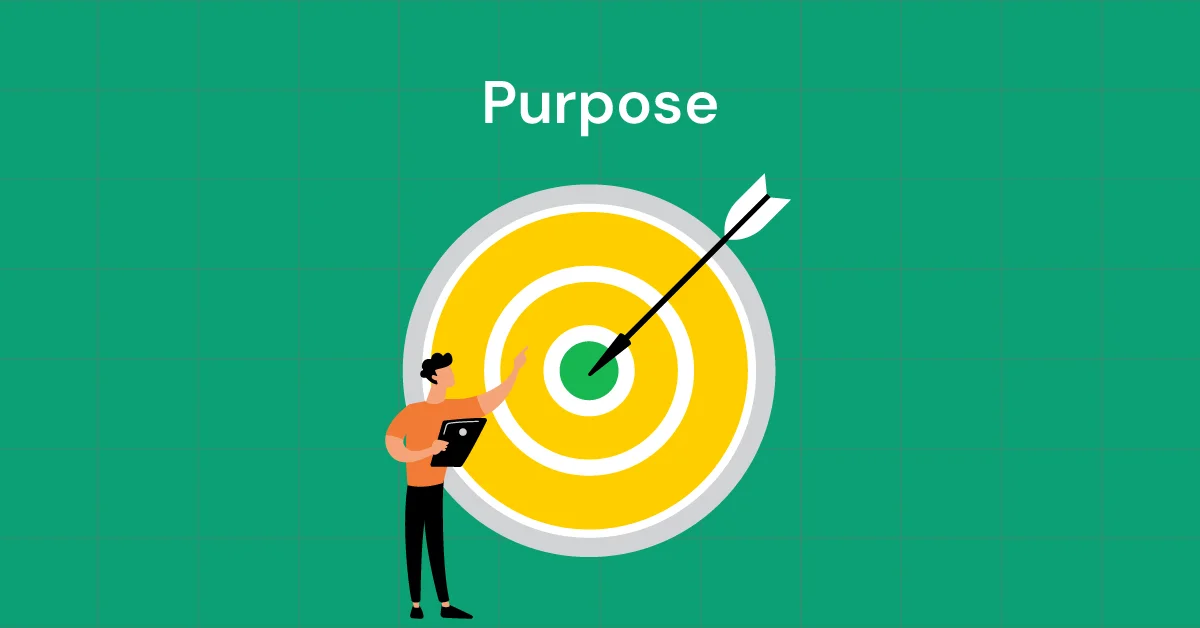
Every tool has its purpose and similarly, since we said journey mapping is also like a tool, it definitely has a purpose and let’s understand them one by one:
1. Identifying User Pain Points and Moments of Delight
It is definitely impossible to satisfy all those who use our product but it is possible to understand what the majority of them liked and didn’t.
Journey maps help us pinpoint exactly where users feel delighted or encounter problems and feel frustrated. It’s like having a roadmap highlighting all the bumps and smooth stretches on the road.
2. Enhancing User Experience
The ultimate goal of journey mapping is to enhance the overall user experience. By understanding the entire journey, you can design interfaces more intuitively, making each interaction with your product a positive and meaningful one.
At the end of the day, all that matters is how users feel after using your product. So in short, an enhanced user experience leads to a larger turnout and this can be done with the help of journey mapping.
3. Aligning Team and Stakeholders
Journey mapping is a collaborative tool, something like Miro that brings everyone onto the same page. It visualizes the user experience in a way that is understandable and relatable for all team members, regardless of their role.
Learn More: Install Miro on Windows: A 2-Step Comprehensive Guide
4. Informing Business Strategy
As I said at the start, UI/UX is not just about designing alone, and same way journey maps are not just about UI/UX; they are involved in broader business strategies as well.
By understanding the user journey, businesses can identify new market opportunities, areas for product expansion, and strategies for customer retention and all this can be done with the help of journey mapping.
Just remember that the purpose of journey mapping goes beyond creating pretty diagrams, it’s about building a deep, empathetic connection with users, aligning teams under a common vision, and driving continuous improvement in a product or a service.
Know About: The Role of Micro-Interactions in UX
Example of a Journey Map: See it For Yourself
Enough of all the theories, it is all just on paper until you see it practically and that’s what we are going to do now. Whatever you learned till now, see it for yourself with this example:
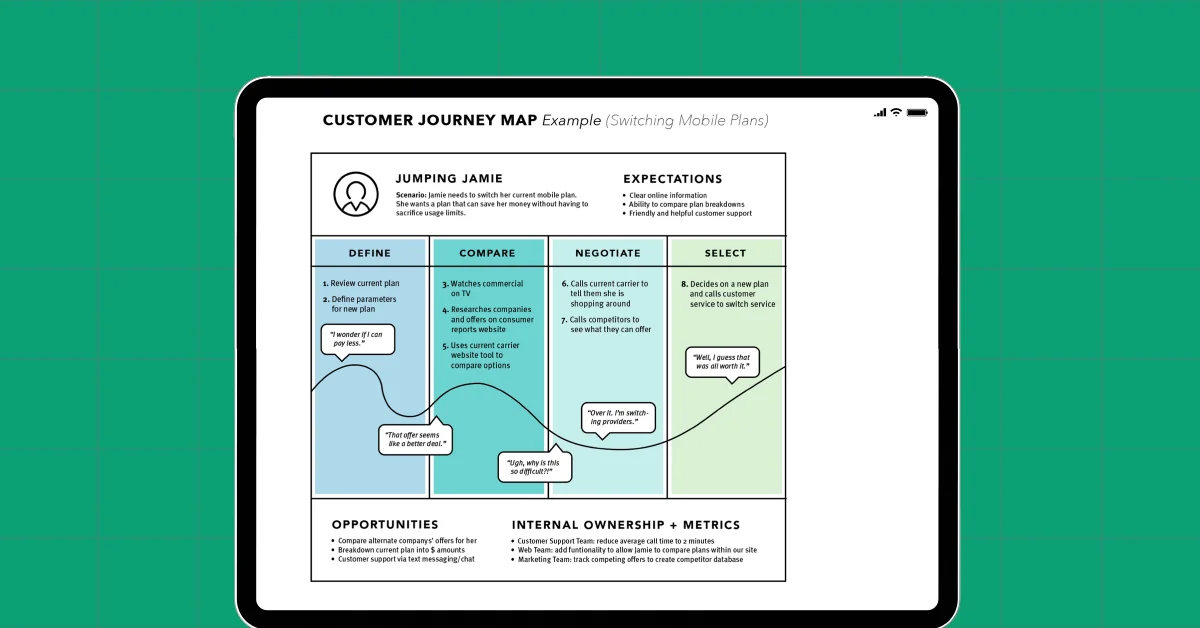
Learn More: UI/UX Syllabus | Complete Curriculum 2025
Kickstart your UI/UX journey by enrolling in GUVI’s UI/UX Course where you will master technologies like AdobeXd, Illustrator, and Figma, and build interesting real-life UI/UX projects.
Alternatively, if you would like to explore Figma through a Self-paced course, try GUVI’s Figma’s certification course.
Conclusion
In conclusion, it’s clear that journey mapping is much more than a simple diagram or a step in the process. It’s a powerful method that brings empathy, insight, and alignment to the heart of our design work.
By mapping out the intricate journeys of your users, you gain invaluable perspectives that eliminate mere assumptions, which are not only functional and aesthetically pleasing but also deeply resonant with users’ needs and emotions.
Whether you’re just beginning your journey in UI/UX design or you’re a seasoned professional, journey mapping is an invaluable technique or a tool, that always points towards user-centric innovation as UI/UX is all about user intent.
Explore More: The Future of UI/UX: Top Emerging Technologies and Trends to look out for in 2025
FAQs
A user-centric approach ensures that the design meets the actual needs and preferences of the user, leading to higher satisfaction, better user engagement, and increased loyalty.
Psychology in UX design helps understand user behavior, motivations, and decision-making processes, enabling designers to create more intuitive and engaging user experiences.
Yes, journey mapping is versatile and can be applied to virtually any product or service to understand and improve the user experience.
A user-centric approach focuses on the user’s needs and experiences, while a product-centric approach prioritizes the product’s features and capabilities.











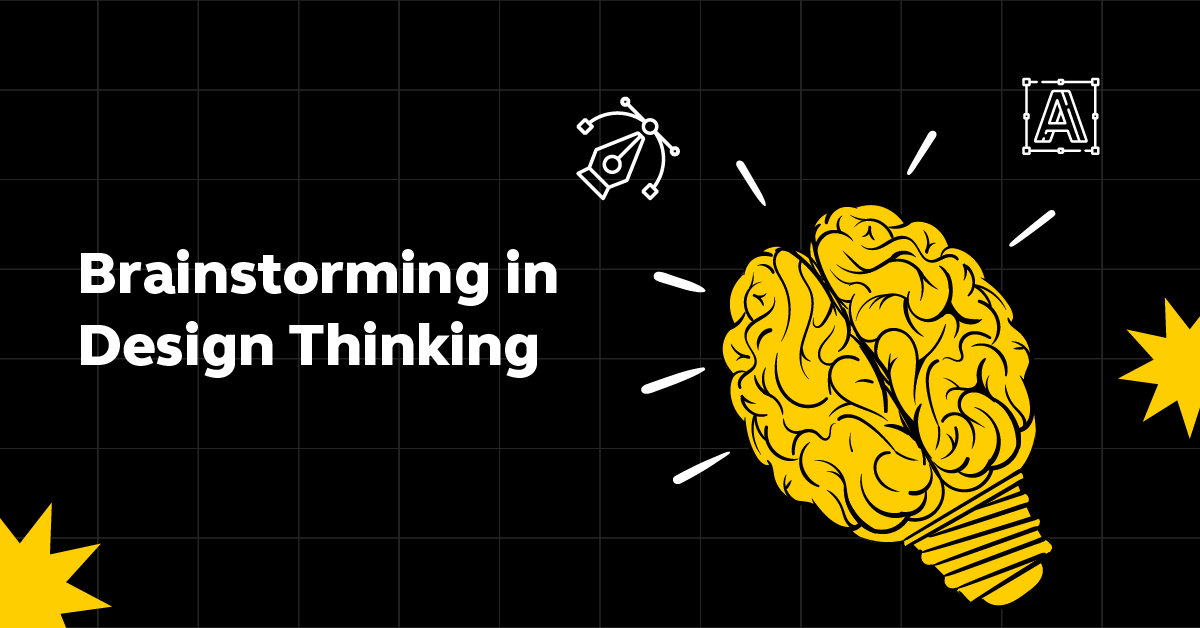


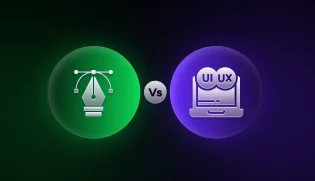

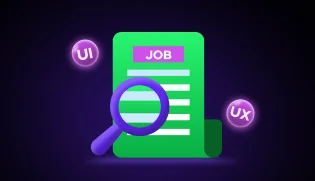


Did you enjoy this article?